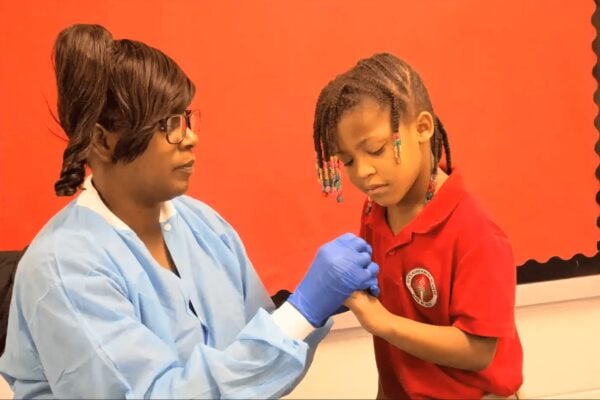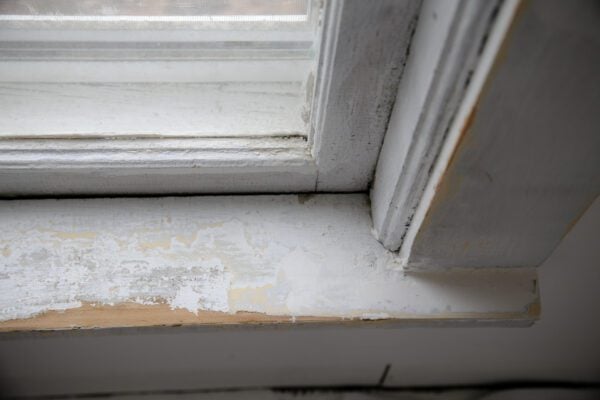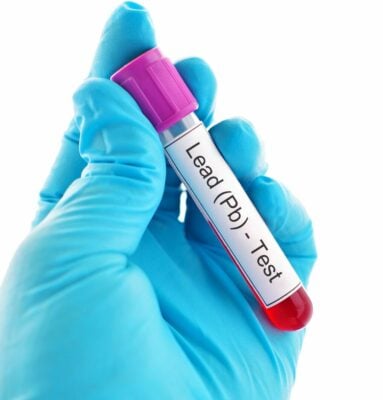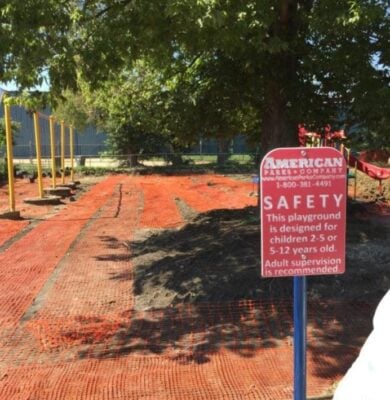Lead poisoning poses significant health risks, especially to children under six years old.
This guide provides accurate information about the dangers of lead, how to identify exposure and what resources are available to Indiana residents for testing and prevention.

What is lead poisoning?
Lead poisoning occurs when lead builds up in the body, often over months or years, due to exposure to lead-based paint, contaminated water or dust. Children are at higher risk because their growing bodies absorb lead more readily, and even small amounts can cause harm.
The effects of lead exposure include developmental delays, learning difficulties and behavioral problems in children. In adults, lead can result in high blood pressure, joint pain and even fertility issues.
Like many older neighborhoods in Indianapolis, Martindale-Brightwood has a significant number of homes built before 1978, making lead exposure a serious concern for families in the area. Residents should be particularly cautious about lead-based paint in aging properties and soil contamination near older structures.

Signs and symptoms of lead poisoning
Early symptoms of lead poisoning are often subtle, making it difficult to detect. Be alert to these signs:
- Developmental delays in children
- Irritability or fatigue
- Learning difficulties or low attention span
- Loss of appetite
- Stomach pain or vomiting
- Hearing problems
If you suspect lead exposure, immediate testing is essential, as symptoms alone cannot confirm poisoning.
How to get tested for lead poisoning
Indiana provides free lead testing for children and pregnant women who may be at risk. The Indiana Department of Health recommends testing all children at 12 and 24 months of age, as well as children up to age 6 who haven’t been tested.
- Free lead testing: The Indiana Lead and Healthy Homes Division offers lead screening programs. Parents can contact their local health department for more information.
- Medicaid coverage: Children enrolled in Medicaid are required to receive lead screening as part of their standard health care.

Reducing exposure to lead
The most common source of lead poisoning is lead-based paint in homes built before 1978. Other potential sources include:
- Contaminated soil around homes or playgrounds.
- Lead pipes or plumbing fixtures.
- Imported toys, jewelry or pottery with lead content.
To minimize exposure:
- Regularly clean floors and windowsills to remove lead dust.
- Use a certified water filter if lead contamination in water is suspected.
- Avoid using imported goods that may contain lead.
For homes with lead hazards, the U.S. Environmental Protection Agency (EPA) offers resources and certified lead abatement professionals.

Resources for Indiana Residents
Indiana residents can access state and federal programs for testing and lead hazard mitigation:
- Indiana Lead and Healthy Homes Division: Provides education, lead inspections and abatement assistance for qualifying families.
- EPA’s Renovation, Repair, and Painting (RRP) Program: Certifies contractors to safely handle lead hazards during home renovations.
- National Lead Information Center: Offers free resources and expert advice. Call 1-800-424-LEAD for assistance.
Lead poisoning is preventable with proper testing, awareness and intervention. Don’t wait to act if you suspect exposure. Visit the Indiana Department of Health’s Lead and Healthy Homes Division at in.gov/health/lead/home/ or the U.S. Environmental Protection Agency’s lead resources at epa.gov/lead for more details and local resources.

This reporting is made possible by a grant from the Indianapolis African-American Quality of Life Initiative, empowering our community with essential health insights. https://iaaqli.org/
To read more like this, click here.
Contact Health & Environmental Reporter Hanna Rauworth at 317-762-7854 or follow her on Instagram at @hanna.rauworth.
Hanna Rauworth is the Health & Environmental Reporter for the Indianapolis Recorder Newspaper, where she covers topics at the intersection of public health, environmental issues, and community impact. With a commitment to storytelling that informs and empowers, she strives to highlight the challenges and solutions shaping the well-being of Indianapolis residents.







